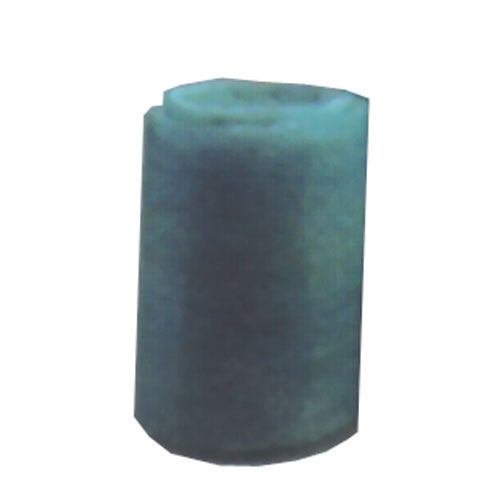I have built a "Dexter Kill Room" style paint booth in my 2 car garage. It is made up of four plastic curtains secured to the ceiling with furring strips and weighted at the bottom with 1" PVC pipe. The space is about 18' x 18' (3200 CF). I have 2 12" explosion-proof axial fans, rated at 2500 CFM each, venting through 16' ducts to the outside. The fans are pulling air through a box with 6 20" x 20" filters. The air intake is at the ceiling through the pull-down attic stairs. The opening is fitted with pleated MERV 8 filters. Lighting is provided by 24 100 Watt equivalent, 6500K LED bulbs, arranged in a rectangle around the paint area.
The intention is to put the air box at the furthest corner from the attic opening. This would pull the air partially over the car. Space is limited so this is the "BEST" configuration for mobility around the car. I am looking for feedback and suggestions on the best way to set up the booth.
- Is the airbox too big, too small, or adequate?
- Is the air path adequate or should I shoot for longitudinal airflow over the car?
- Would placing the airbox under the car be a better option?
- Any other thoughts or concerns?
Here are some pictures of what I am working with. The plastic curtains are rolled up and secured to the ceiling.
Attic door opening: about 21"x50"

Picture from proposed location of airbox at furthest corner.

Another shot from the corner of the booth

Airbox and fan

Thanks,
Emil
The intention is to put the air box at the furthest corner from the attic opening. This would pull the air partially over the car. Space is limited so this is the "BEST" configuration for mobility around the car. I am looking for feedback and suggestions on the best way to set up the booth.
- Is the airbox too big, too small, or adequate?
- Is the air path adequate or should I shoot for longitudinal airflow over the car?
- Would placing the airbox under the car be a better option?
- Any other thoughts or concerns?
Here are some pictures of what I am working with. The plastic curtains are rolled up and secured to the ceiling.
Attic door opening: about 21"x50"
Picture from proposed location of airbox at furthest corner.
Another shot from the corner of the booth
Airbox and fan
Thanks,
Emil

